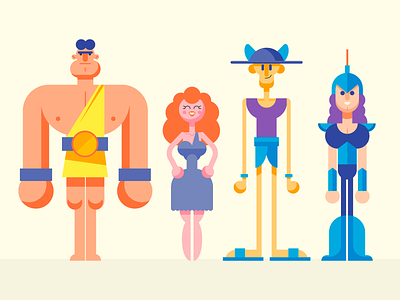Thus, while this checklist contains the eight Olympians: Zeus, Poseidon, Hera, Athena, Hermes, Apollo, Artemis, and Dionysus, it also comprises three clear non-Olympians: the Titan parents of the primary era of Olympians, Cronus and Rhea, and the river god Alpheus, with the standing of the Graces (here apparently counted as one god) being unclear. One thing to keep in mind is that the historic Greek gods were divine because of their supernatural powers and eternity, not their character. Plato connected “twelve gods” with the twelve months and implies that he thought of Pluto one of the twelve in proposing that the final month be dedicated to him and the spirits of the lifeless. Subsequent glad-hearted Hermes dragged the wealthy meats he had ready and put them on a clean, flat stone, and divided them into twelve portions distributed by lot, making each portion wholly honorable. Athena’s Wisdom for Growing Vegetables (linked site) example, Herodorus of Heraclea identified the six pairs of gods at Olympia as: Zeus and Poseidon, Hera and Athena, Hermes and Apollo, the Graces and Dionysus, Artemis and Alpheus, and Cronus and Rhea. Hecate and Hermes were additionally vital household gods who protected the gates and entranceways. Lengthy, Charlotte R., The Twelve Gods of Greece and Rome, Brill Archive, Jan 1, 1987. Google Books.
Based on Thucydides, an altar of the twelve gods was established within the agora of Athens by the archon Pisistratus (son of Hippias and the grandson of the tyrant Pisistratus), round 522 BC. They were numbered amongst the Theoi Gamelioi (gods of marriage) and Theoi Datioi (gods of the banquet). As with the twelve Olympians, though the number of gods was fastened at twelve, the membership various. Moreover the twelve Olympians, there were many different varied cultic groupings of twelve gods all through ancient Greece. The Olympian gods were weak in nature and flawed, whereas they often merged with mortals and interfered with their lives. Athena aided the hero Perseus in killing the Gorgon Medusa by beheading her whereas wanting only at her reflection. 1914. On-line version on the Perseus Digital Library. Her symbols embrace the peacock and the cow. His symbols had been the thunderbolt, the eagle, the bull and the oak. His symbols embrace the oak tree and the thunderbolt. Her symbols embody wheat. Her symbols embrace the myrtle and the dove.
 His symbols include the anvil and the forge. Her symbols embody the owl and the olive tree. Fireplace is among her symbols. Hephaestus was the god of fire and forging (a furnace during which metallic is heated). The god Hades was the king of the dead. Though Hades is of the primary era of Greek Gods, he is usually not considered to be an Olympian as he doesn’t have a house there. Though Hades was a serious deity in the Greek pantheon and was the brother of Zeus and the other first generation of Olympians, his realm was far away from Olympus in the underworld, and thus he was not usually considered to be one of many Olympians. In keeping with Diodorus Siculus, some stated that Heracles was offered a place among the twelve, however refused as it could mean certainly one of the unique twelve being “cast out”. Heracles founding a shrine at Olympia, with six pairs of gods, each pair sharing a single altar. Many of those gods have been created by the minds of the Greeks and have native characteristics, whereas different gods, reminiscent of Dionysus, have been “imported” by Jap civilizations. They had been accompanied by festive gods equivalent to Aphrodite, goddess of pleasure, and the Charites, goddesses of joy, dancing and different amusements.
His symbols include the anvil and the forge. Her symbols embody the owl and the olive tree. Fireplace is among her symbols. Hephaestus was the god of fire and forging (a furnace during which metallic is heated). The god Hades was the king of the dead. Though Hades is of the primary era of Greek Gods, he is usually not considered to be an Olympian as he doesn’t have a house there. Though Hades was a serious deity in the Greek pantheon and was the brother of Zeus and the other first generation of Olympians, his realm was far away from Olympus in the underworld, and thus he was not usually considered to be one of many Olympians. In keeping with Diodorus Siculus, some stated that Heracles was offered a place among the twelve, however refused as it could mean certainly one of the unique twelve being “cast out”. Heracles founding a shrine at Olympia, with six pairs of gods, each pair sharing a single altar. Many of those gods have been created by the minds of the Greeks and have native characteristics, whereas different gods, reminiscent of Dionysus, have been “imported” by Jap civilizations. They had been accompanied by festive gods equivalent to Aphrodite, goddess of pleasure, and the Charites, goddesses of joy, dancing and different amusements.
In historical Greek religion and mythology, the twelve Olympians are the key deities of the Greek pantheon, generally thought-about to be Zeus, Poseidon, Hera, Demeter, Aphrodite, Athena, Artemis, Apollo, Ares, Hephaestus, Hermes, and either Hestia or Dionysus. Gadbery, Laura M., “The Sanctuary of the Twelve Gods in the Athenian Agora: A Revised View”, Hesperia 61 (1992), pp. Thus, though the aim of Hesiod’s Theogony is to explain the ascendancy of Zeus (and, incidentally, the rise of the opposite gods), the inclusion of such acquainted themes because the hostility between the generations, the enigma of woman (Pandora), the exploits of the pleasant trickster (Prometheus), and the struggles towards highly effective beings or monsters just like the Titans (and, in later tradition, the Giants) enhances the curiosity of an epic account. Based on Hesiod, Theogony 183-200, Aphrodite was born from Uranus’ severed genitals, see Gantz, pp. In keeping with Homer, Aphrodite was the daughter of Zeus (Iliad 3.374, 20.105; Odyssey 8.308, 320) and Dione (Iliad 5.370-71), see Gantz, pp. The Iliad (Murray) – through Wikisource. For example, nymphs of the sea lived in the waves and nymphs of the forest lived inside the boles of the bushes.

Recent Comments